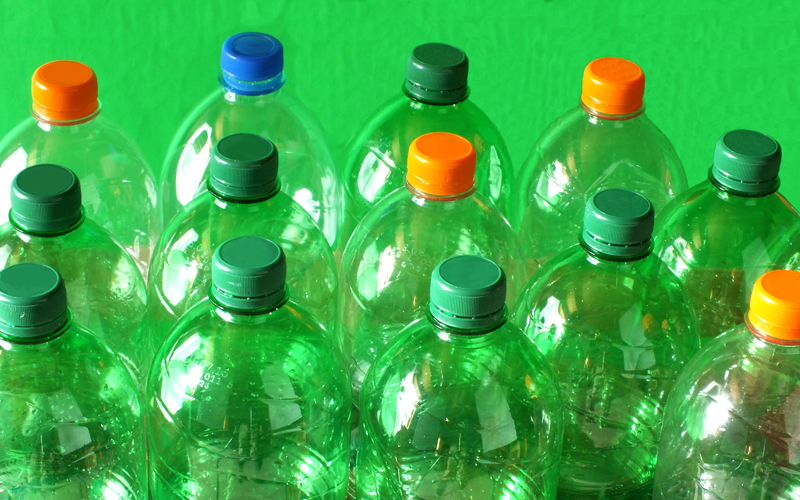This means that nearly 59% of all bottles placed in the European market have been collected for recycling in 2015, outlining an increase of 2% points compared to the 2014 collection rate. These conclusions come from the annual PCI Wood Mackenzie report on post-consumer PET collection and recycling in Europe, which has been recently published.
“Petcore Europe is pleased to see this continuous growth in the European PET collection and recycling figures,” outlines Roberto Bertaggia, Petcore Europe President. “In the context of the Circular Economy, it becomes more and more clear that PET recycling takes a crucial role and significantly contributes to achieving the set plastics recycling targets.“
The survey results not only reveal the success of PET collection and recycling in Europe, but also the challenges and future work the PET industry is facing.
“Continuously trying to improve the growth rates in collection demonstrates the need to increase consumer awareness of and involvement in recycling, as well as improvement in collection systems and action by many Member States,” states Helen McGeough, Senior Consultant responsible for the area of recycling and sustainability in PCI Wood Mackenzie. “The value of these resources needs promoting across society, from consumer to government, to ensure it is treated in the right way throughout its life and beyond.”
The report further clearly outlines the need for an improved collection and sorting system throughout Europe.
“Clear bottles accounted for less than 15% of the stream, continuing the downward trend for clear bales in the total share of the available stream and highlighting the need for greater expenditure in sorting activities. The process loss rate is on an upward trend, this rising rate equates to a mounting cost to the industry and backs the calls by the industry for improved collection within the Circular Economy proposals,” explains Helen, as reported in the study.
Referring to the recycling in- and output, the report reveals a strong growth in 2015, with the average operating rate improving over 2014. The trend in the trade of bales also went in favour of the domestic reclamation industry in 2015.
As an outlook, the report concludes that the volume collected by 2020 will reach over 2 million metric tonnes, with an expected average collection rate of over 60%.





